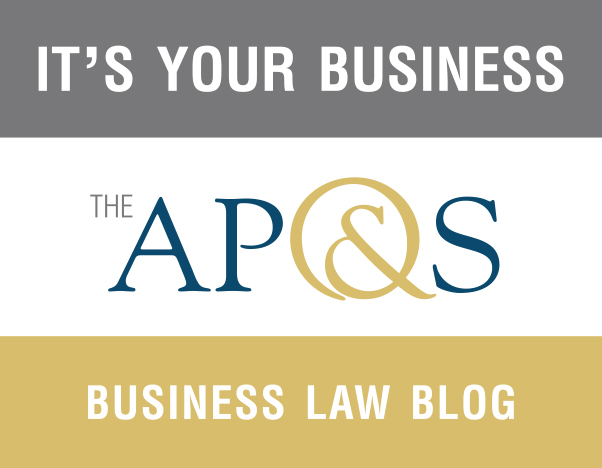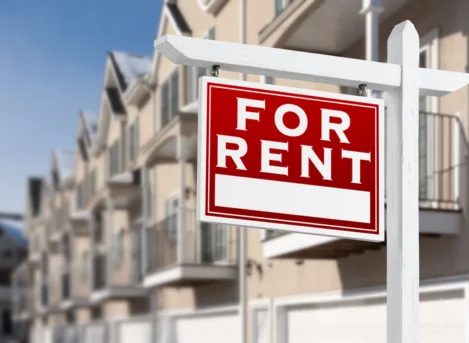Thinking about bringing your business to Rhode Island? Interested in expanding and developing in this state? If yes, you will have to navigate Rhode Island’s state and local land use regulations, which encompass zoning and planning, coastal and wetland, historic, building and fire codes (known in the trade as entitlements).[1] Today’s blog will focus on zoning.
As an initial step, it is important to confirm the zoning district of the property. In some municipalities, this can be done via an online database. For example, Providence’s online mapping dashboard allows one to look up the zoning district of a particular parcel.[2] In other municipalities, this information is available on the tax assessor’s database. If you are unable to find this information online, the city or town planning and zoning officials can confirm and/or retrieve this information.
Second, it is important to confirm that the intended use is allowed in the property’s zoning district. For example, if you are looking to purchase property to operate a restaurant, you should confirm that a restaurant is an allowed use in the zoning district. This information can be found by reviewing the city or town’s zoning ordinances, which contain a “Use Table,” outlining the uses allowed in the different zoning districts. A use can be allowed by right (either as an allowed use or as a use permitted by special use permit) or prohibited.
If the intended use is allowed, you should be able to proceed without seeking zoning relief, but confirm with the municipality. (Lenders will probably require confirmation.) If the intended use is allowed by special use permit, there is a permit application process that needs to be followed with the local zoning board and details about the application process requirements can be found on the city or town’s website.
If the intended use is not allowed in the identified zoning district, a use variance or zone change may be an option. However, the standard that must be satisfied to receive a use variance is very high, which makes it difficult to receive the necessary relief from the zoning board. In that case, a zone change may be an option.
In addition to use, zoning ordinances regulate dimensions on property, including lot size, dimension, size and location of buildings, as well as parking, landscaping and signage requirements. Zoning boards are authorized to grant relief from these requirements.
Every city and town has different zoning ordinances with different requirements. Zoning and planning officials can be very helpful in navigating the process, but engaging your own professionals with experience in the entitlement process greatly increases the likelihood that you would obtain the necessary relief and, in the long run, save money and time.
[1] A recent study by Vanessa Brown Calder ranked Rhode Island as the 3rd most restrictive state for zoning regulation and the 8th most restrictive for land-use regulation. Brown Calder, Vanessa, “Zoning, Land-Use Planning, and Housing Affordability,” CATO Institute, dated Oct. 18, 2017, available at https://www.cato.org/publications/policy-analysis/zoning-land-use-planning-housing-affordability.
[2] http://www.providenceri.gov/providence-online-mapping-dashboard/







